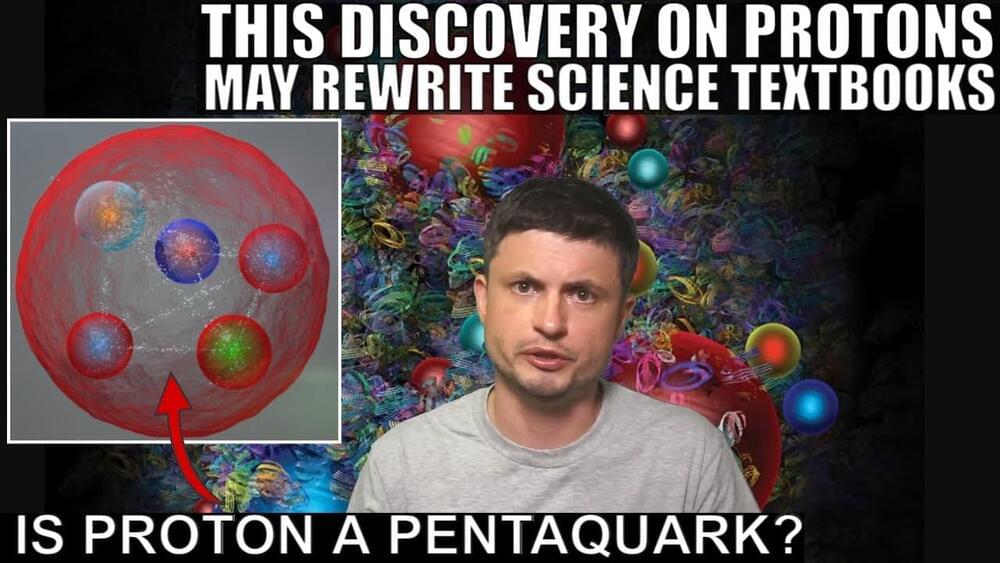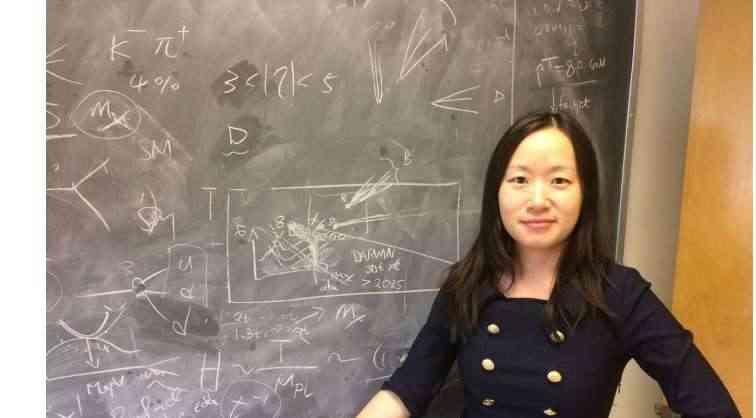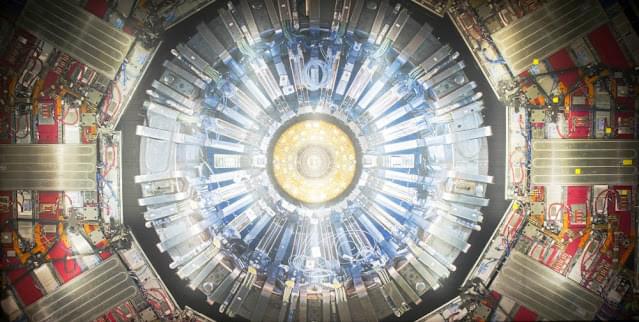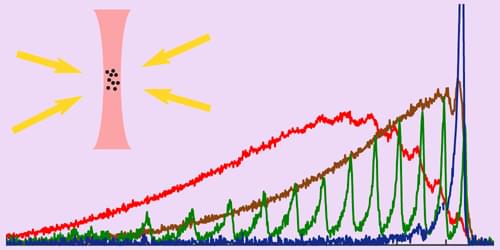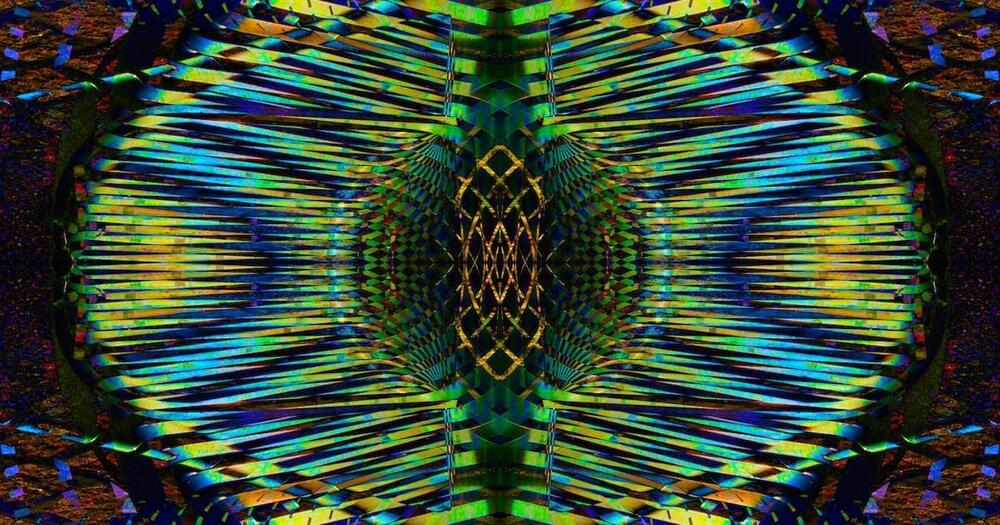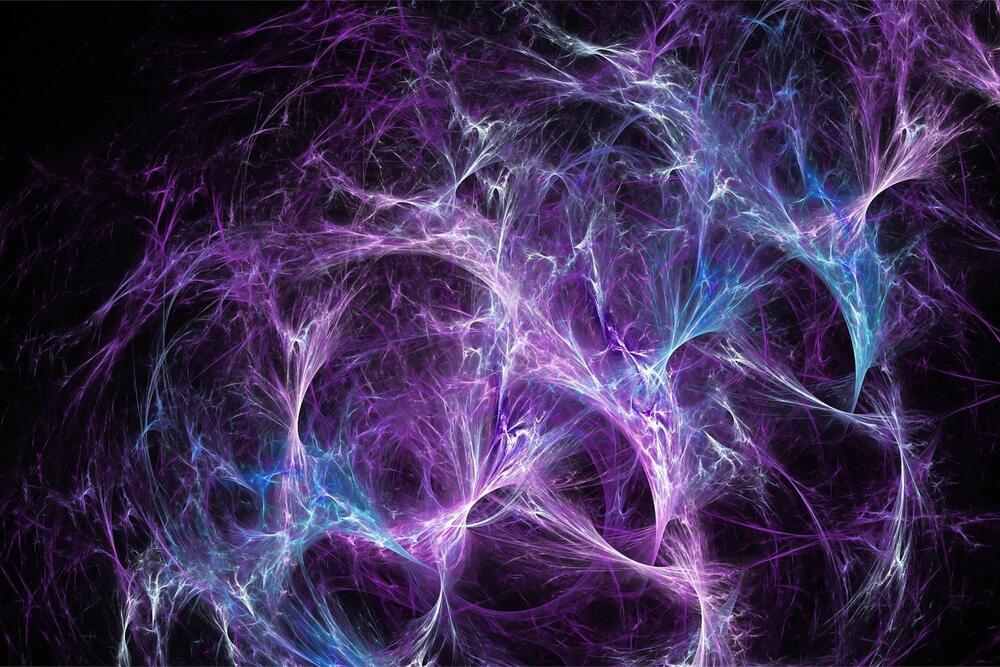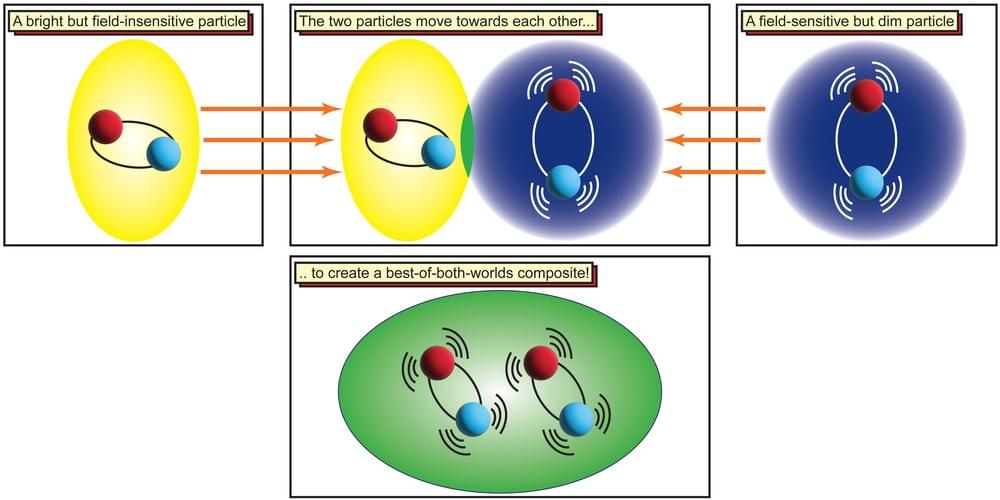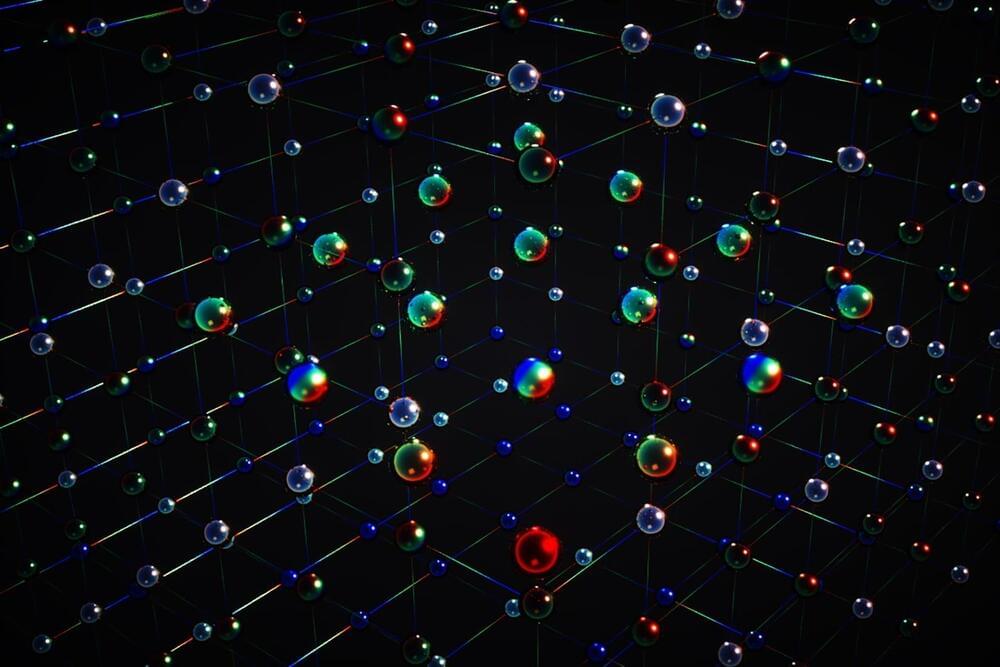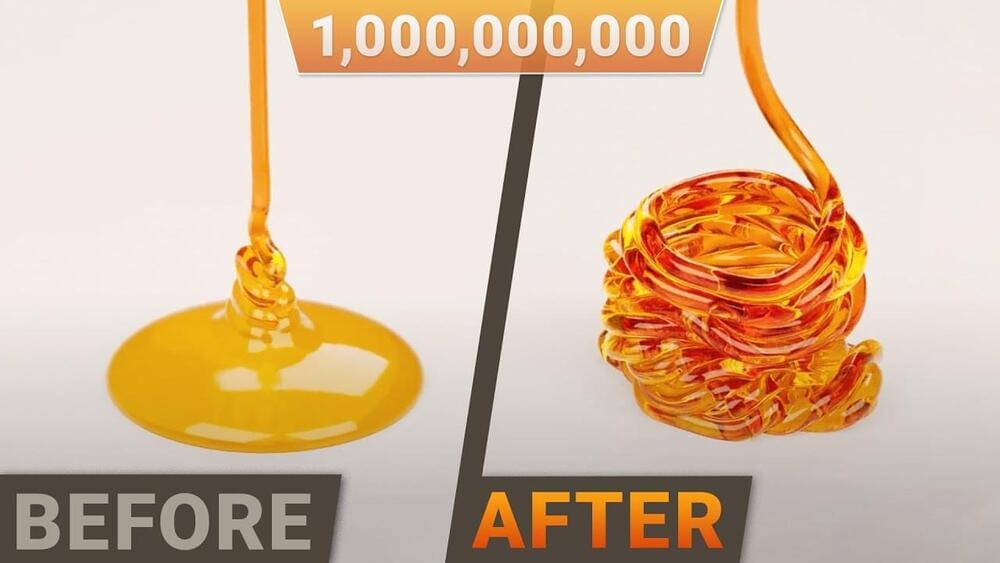Get a Wonderful Person shirt: https://teespring.com/stores/whatdamath.
Classic Mars design is on Amazon: https://amzn.to/3wDGy2i.
Alternatively, PayPal donations can be sent here: http://paypal.me/whatdamath.
Hello and welcome! My name is Anton and in this video, we will talk about a new groundbreaking discovery about a proton — a charm quark on the inside?
Links:
Previous video: https://youtu.be/8BTZOz850GI
Unusual experiment findings: https://youtu.be/jYAsW8OXg7c.
https://www.nature.com/articles/s41586-022-04998-2
https://www.sciencedirect.com/science/article/abs/pii/0370269380903640
https://www.jlab.org/
https://www.mdpi.com/2571-712X/5/2/15
#charm #proton #physics.
Support this channel on Patreon to help me make this a full time job:
https://www.patreon.com/whatdamath.
Bitcoin/Ethereum to spare? Donate them here to help this channel grow!
bc1qnkl3nk0zt7w0xzrgur9pnkcduj7a3xxllcn7d4
or ETH: 0x60f088B10b03115405d313f964BeA93eF0Bd3DbF
Space Engine is available for free here: http://spaceengine.org.
Enjoy and please subscribe.
Twitter: https://twitter.com/WhatDaMath.
